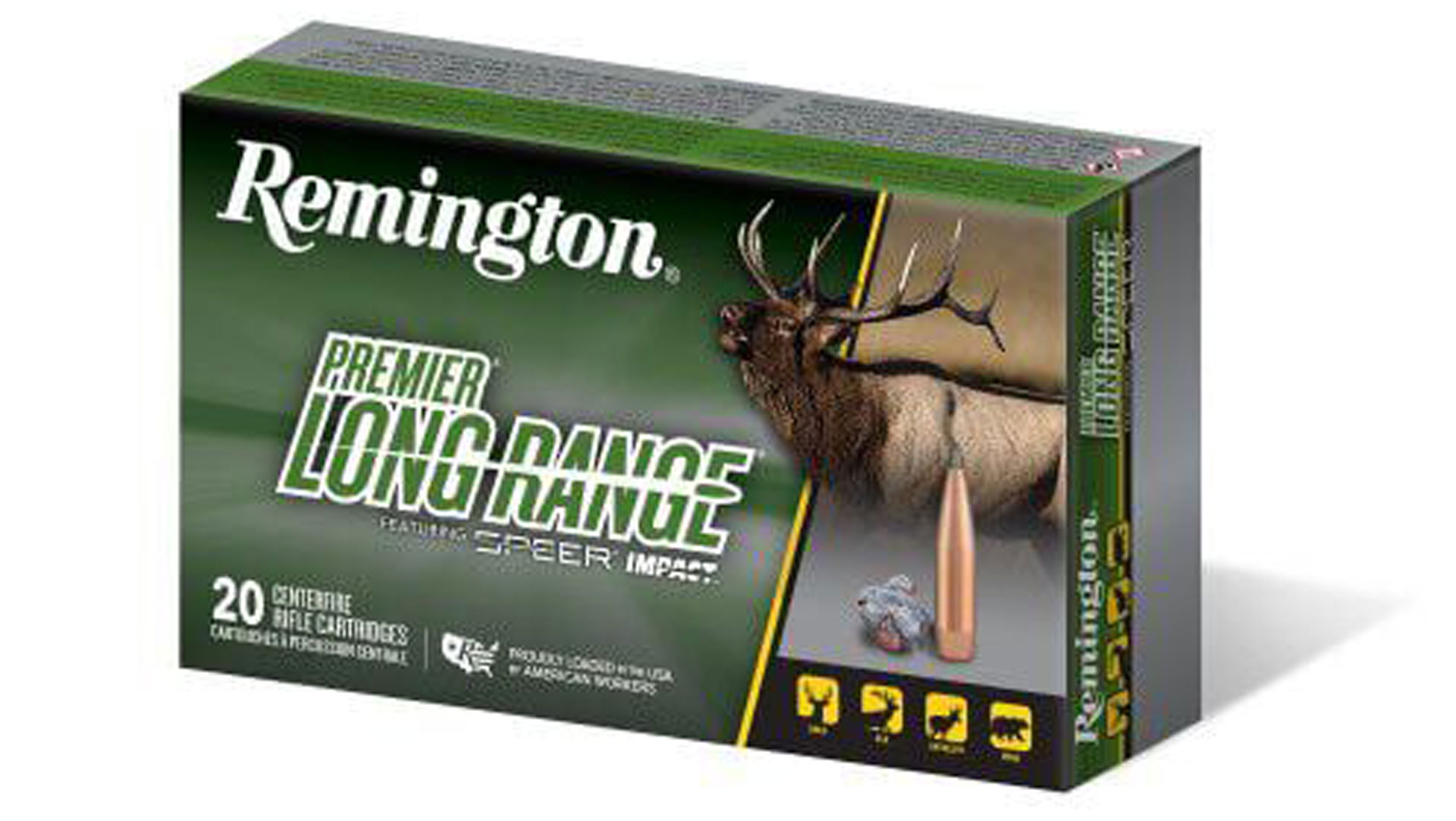I’m not trolling or trying to ruffle feathers, this is a legitimate question.
I have a 308 and 6.5 cm that I’ve use to take many many Midwest white tails. Never killed an elk and would like to one day.
Chatting with some buddies about it and asked what rifle they would take. Almost all of them said the 308. I’m confident either will work but we had a conversation about it and I asked why they chose that.
“You really want that 30cal whack! Shoot a 180 out of it and it put it down way better than any 26cal.”
I told them a 127 Barnes would penetrate just as far and most likely go all the way through probably open to damn near as big.
“I’d never tackle an elk with a 130 class bullet”
So I guess my question is if penetration is adequate, say both the 6.5 shooting the 127 Barnes and the 308 shooting a 180 partition both went all the way through…what’s that added weight doing for you? Is the potentially minuscule difference in the expanded bullets diameter going to make that big of a difference?
I have a 308 and 6.5 cm that I’ve use to take many many Midwest white tails. Never killed an elk and would like to one day.
Chatting with some buddies about it and asked what rifle they would take. Almost all of them said the 308. I’m confident either will work but we had a conversation about it and I asked why they chose that.
“You really want that 30cal whack! Shoot a 180 out of it and it put it down way better than any 26cal.”
I told them a 127 Barnes would penetrate just as far and most likely go all the way through probably open to damn near as big.
“I’d never tackle an elk with a 130 class bullet”
So I guess my question is if penetration is adequate, say both the 6.5 shooting the 127 Barnes and the 308 shooting a 180 partition both went all the way through…what’s that added weight doing for you? Is the potentially minuscule difference in the expanded bullets diameter going to make that big of a difference?






